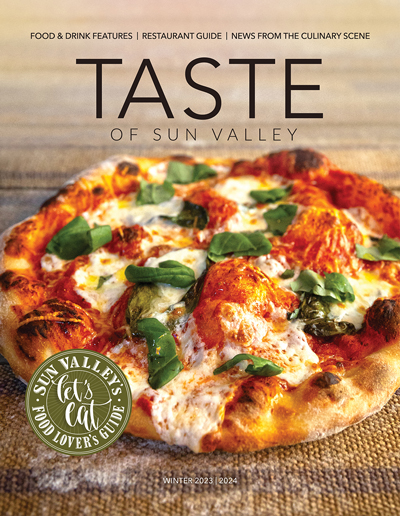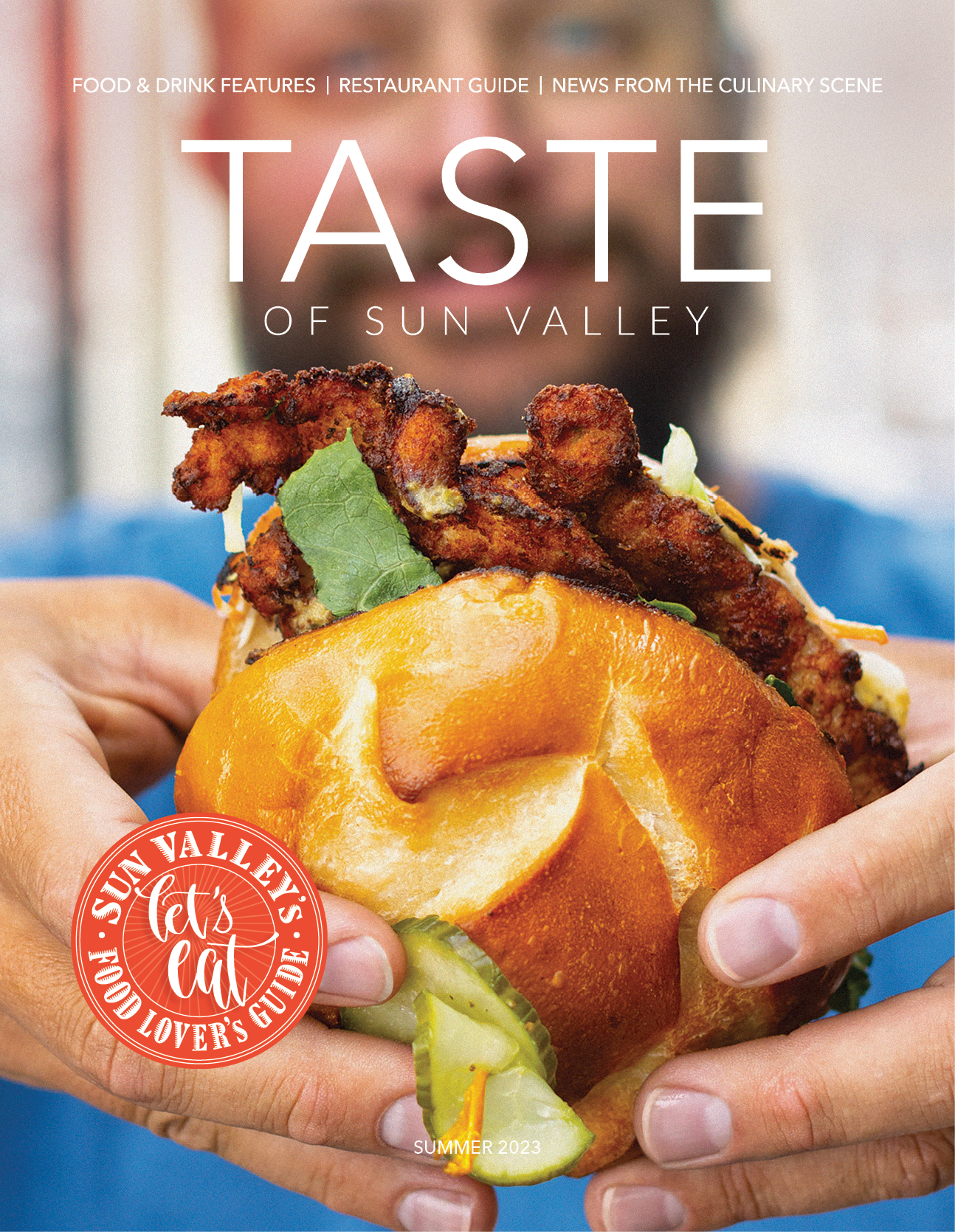THE BACKSTORY
I originally started building yurts in 1978.
I’d met this hippy chick who was living in one. I picked her up as a hitchhiker and she was headed out toward Moose (Wyoming). So I gave her a lift and she said “Hey, come check out my yurt.” She was married, by the way…
Needless to say, the yurt was really nice. I saw what they were living in as a house and just said, “This is a cool space. I know I’m going to live in the mountains after college, so I’m going to build a yurt in the craft shop.”
She mentioned that I could send for yurt-building plans in New Hampshire, and so I did. I graduated from the university down in pocatello and I’d built a yurt while I was there.
I then went to work with the original ski guide who had huts in the Sawtooths. His name was Joe Leonard. I was living in a yurt at the time on the Salmon River, on Casino Creek. He [Leonard] saw the yurt and asked, “Can you convert all the huts in the Sawtooths into yurts?”
So when I wasn’t busy kayaking, I was on the tablesaw fabricating yurts.
WHY YURTS WORK
They’re a very comfortable space, super-efficient and they work well in terms of the traffic flow because everything just floats to the center. It’s not a boxy kind of dark space.
They’re alive and breathing. They’re not just something you can put a key in, lock the door and walk away from. They’re not static structures. They can be removed. We’re working off the surface of the ground. We could cut it all up and have a bonfire.
Portable. A temporary structure, which doesn’t involve pouring concrete.
THE BIRTH OF A SANCTUARY
In 1988, I placed the Williams Yurt because we had enough year–round clients who wanted winter ski services.
I’d skied by the Williams location from Marshall Lake for several years, guiding for Joe. I used to say, “This is the spot. If I ever build a yurt here, this is where it’s going to be.”
Secluded. Yet it has access to all this terrain. I’ve said it’s Boardwalk on the hut Monopoly board.
I regard the “Skier’s Summit” [directly behind the Williams yurts] as one of the seven wonders of Idaho. It’s a classic, aesthetic location. You’re surroundings are incredible. The amount of terrain you’re skiing through, the backdrop…
You know I’ve skied up there for years and there are some runs I still haven’t done. There are tons of classic lines, some that’ll get your hair standing on end.
WINTER MORPHISMS FOR THE WILLIAMS YURTS
The design that we used was a traditional Aassian design. In my case, it’s been adapted using native materials and by taking a look at some of the things that we needed to address to make it well-suited for the application.
We had all this lodgepole around, so I said we could use these even-aged pecker poles for yurt rafters. A lot of the materials came from the forest locally. The decks were all built with the native downfall that was just laying around in the woods.
Mother Nature can be cruel sometimes.
As I started working with the design, I adapted it to snow loads. We lived through a couple of big storms in the first years. So I looked at the design and said, “What do we have to change here?” I wanted to make it rugged for a snow environment, which is why I put in the center poles.
You sleep a lot better at night when there’s a three foot snowstorm and the wind’s blowing.
There was a big avalanche cycle in 1986. I mean it was probably a 50–year avalanche cycle. It went on for a week or so. The point being, the site where I put the yurt would not have gotten hit.
A YEAR-ROUND ENGAGEMENT
The yurt lives up there. We do stash things, break it down, put it back up. The maintenance is ongoing. You have to keep revisiting it. It’s like you’ve got to go the dentist and you’ve got to go to the doctor. None of that is unforeseen, it just goes with the whole process: you have to stay engaged.
Getting setup for the winter, you’re always working with the weather. Sometimes you’re caught with your pants down and you get an early October storm.

There’s always a sigh of relief and satisfaction in the fall when the yurt’s set up, you’re all tweaked and the fire wood’s in. Then when the snow starts to fall, that’s when you can say “bring it on.”
Bookings are already being made for next year.
AN ONGOING CRAFT
I continue to build yurts on a custom basis. I don’t really market very heavily, but I take on a little work here and there.
I’ve probably built between 40 to 50. They’re all in locations around the West, as far north as British Columbia and up into the boundary waters of Minnesota.
Experience helps a lot.





